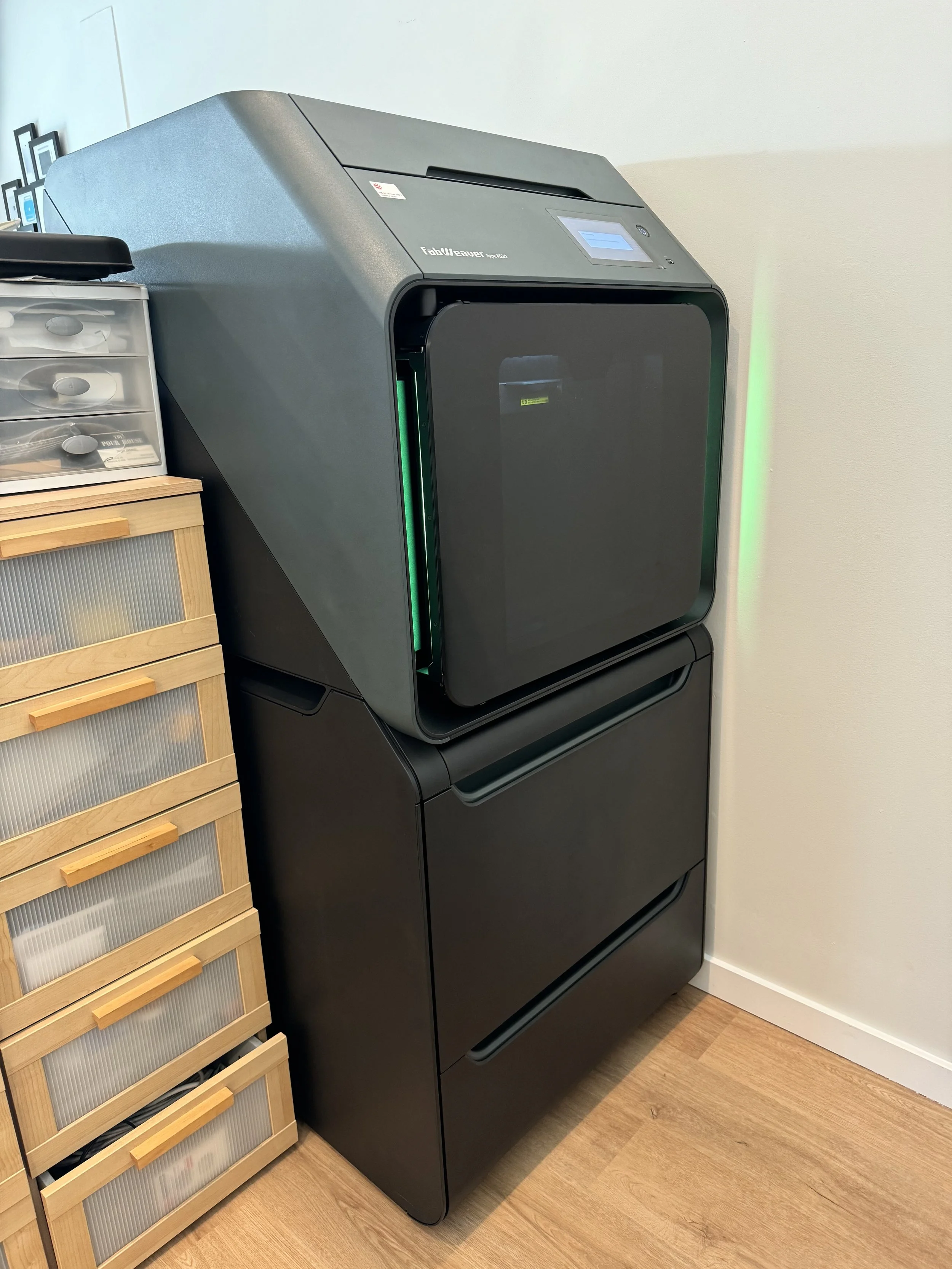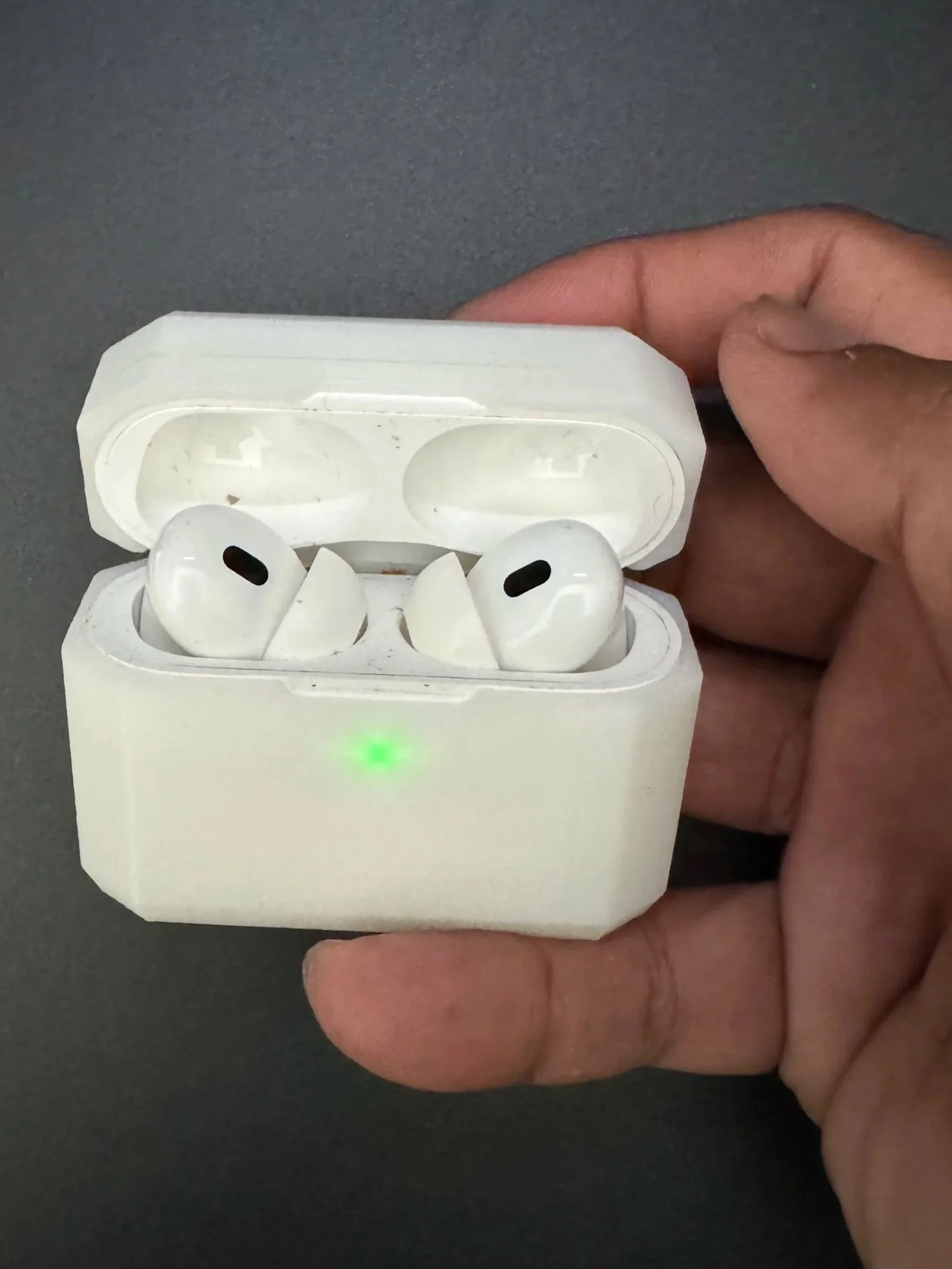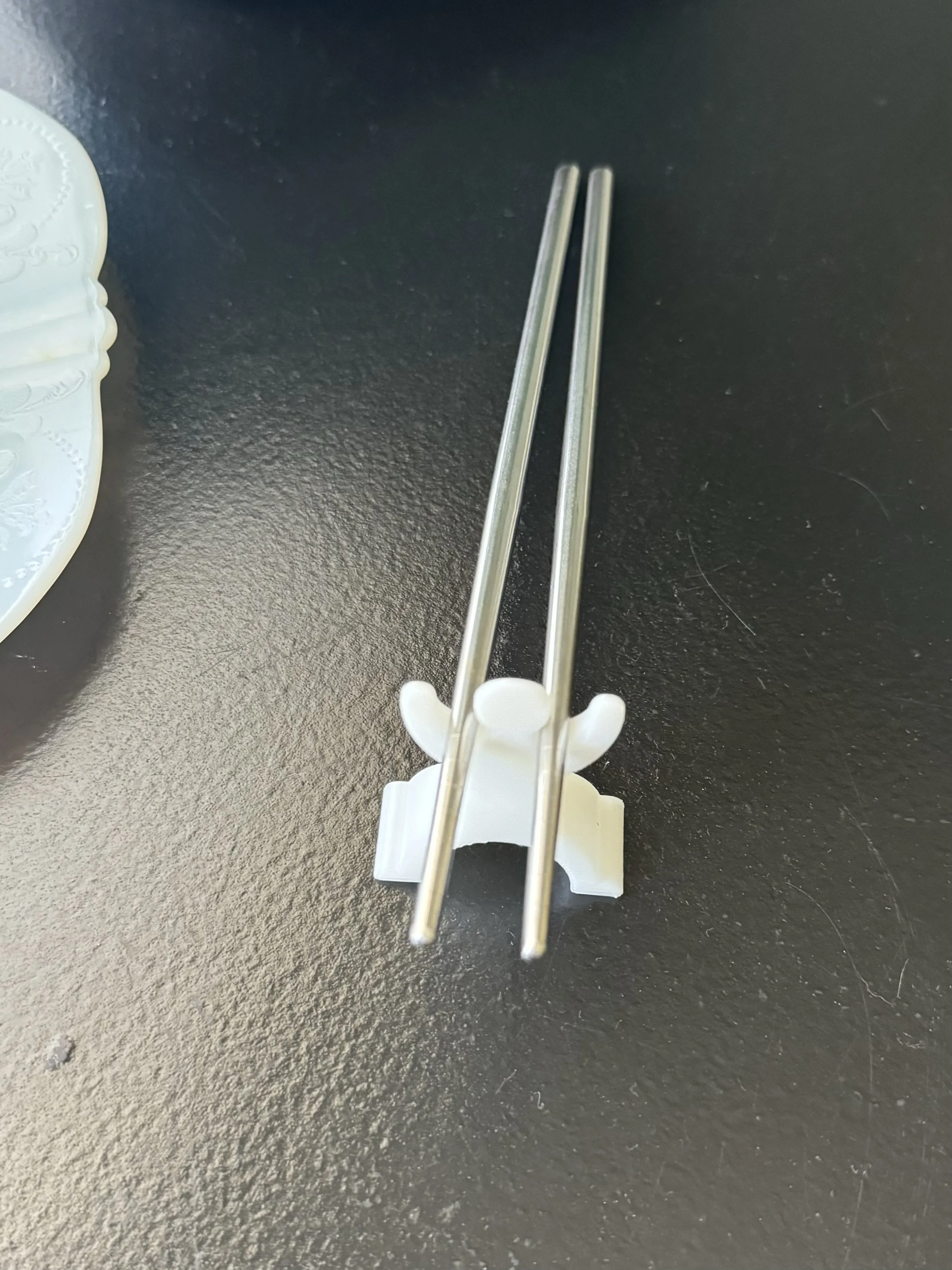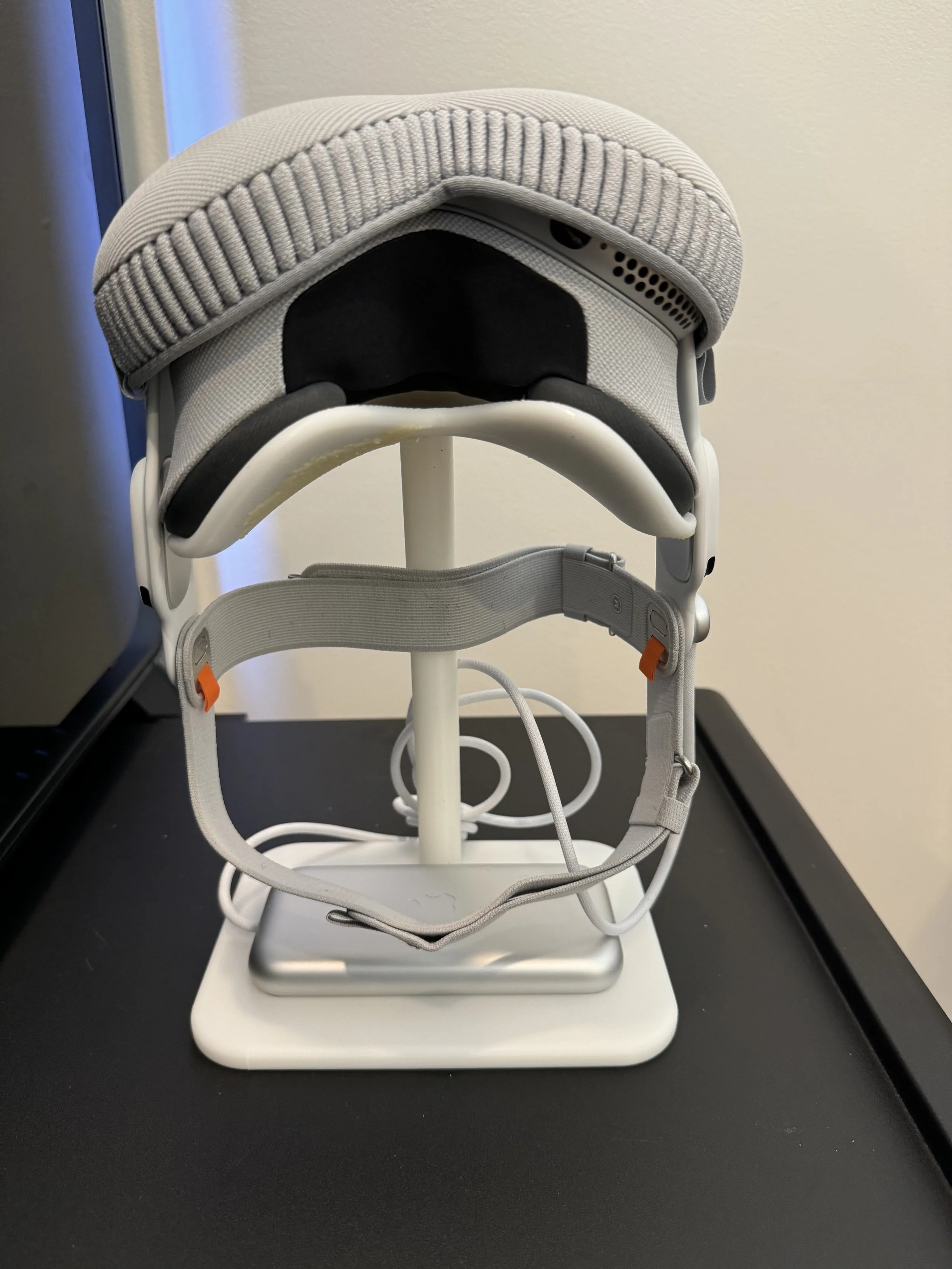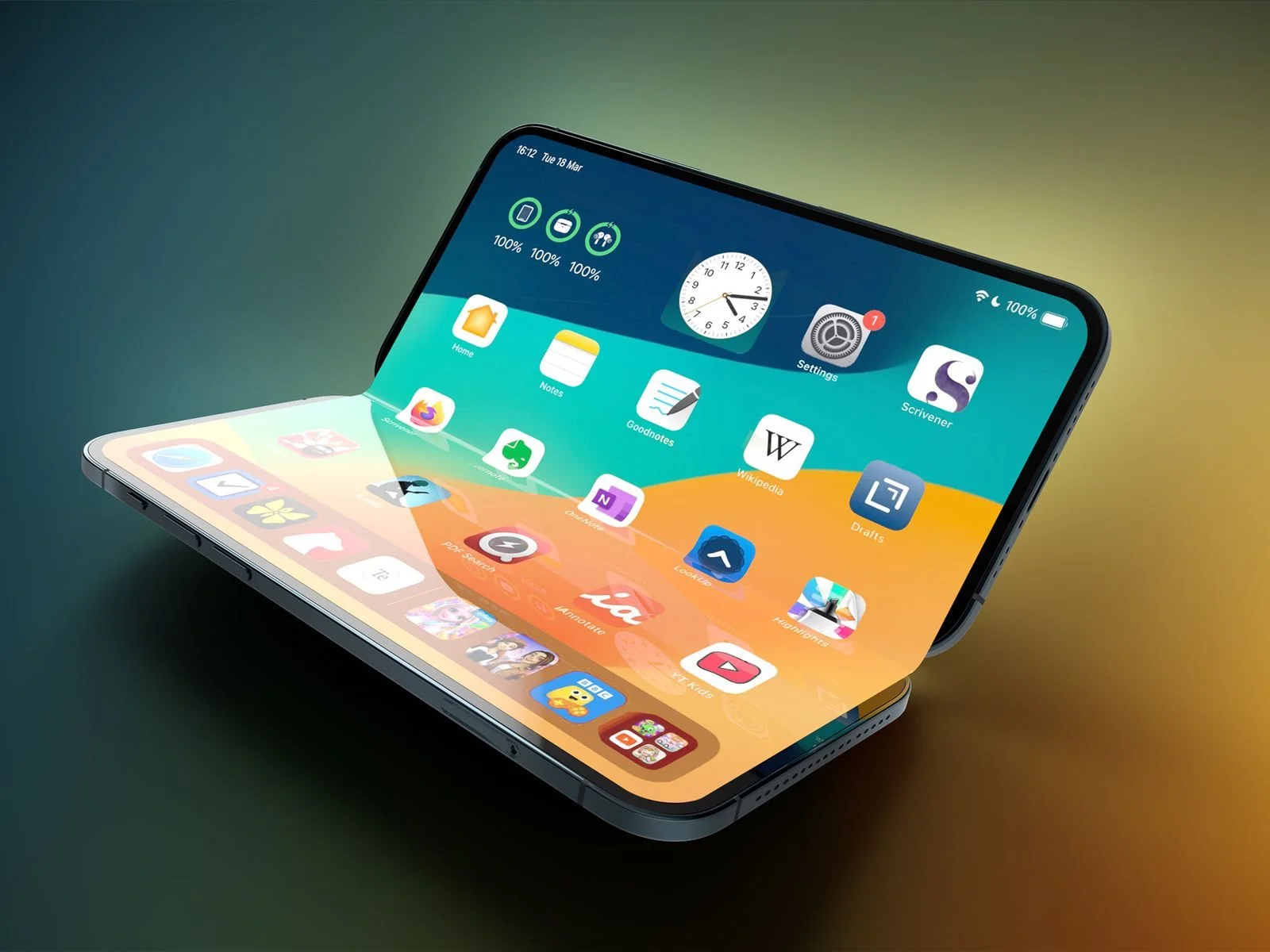I think we’re headed for a time when every home has a 3D printer, the same way you have a microwave, a vacuum cleaner, or that drawer full of random chargers and cables you might need one day.
Right now, 3D printers still have that “tech enthusiast” aura—something you’d expect to find in a maker’s garage or a school’s STEM lab. But trust me: in a few years, they’ll be as normal as the toaster on your counter.
Why? Because they’re already becoming less about “cool prototypes” and more about everyday usefulness.
Take my own setup. I recently got a Fabweaver Type A350, and let’s just say it hasn’t had a lot of idle time. In the past month, it’s printed out:
A custom case for my AirPods Pro
A bedside stand for my iPhone 16 Pro Max
A display stand for my Apple Vision Pro (because if you’re going to spend that much on a headset, it deserves its own pedestal)
Case for my AirPods Pro
But the magic isn’t just in the Apple accessories. It’s in the way it quietly solves problems around the house. I’ve printed little brackets to fix a loose kitchen drawer. A cable organizer for the tangle under my desk. A replacement knob for a cabinet whose original went missing sometime in 2019.
Cute chopsticks holder
Before the printer, these would’ve been “minor annoyances” or “things to order online and wait two days for.” Now, I just download or design the part, press print, and by the time I’ve made coffee, I have exactly what I need.
That’s the shift. The moment a technology moves from being “a thing you show off to friends” to “a thing you rely on without thinking,” it’s on the path to ubiquity.
We’ve seen this happen before:
Microwaves started as expensive curiosities for gadget lovers in the ‘60s. Now you can buy one for $60 at Target.
Early vacuum cleaners were so novel that salesmen would demo them door-to-door. Now they live quietly in closets—or drive around your floor by themselves as a Roomba.
3D printers are heading there. Prices are dropping. The software is getting easier. Designs for almost anything you can think of are already out there on sites like Thingiverse and Printables, ready to download for free.
And here’s the kicker: unlike most appliances, 3D printers get better the more you use them. Every print teaches you something—about design, materials, or just how many small annoyances you can solve with a few grams of PLA filament.
Stand for my Apple Vision Pro
Give it five years. You’ll buy a 3D printer not because you’re “into tech,” but because it’ll be strange not to have one. Just like it’s strange today to imagine reheating leftovers without a microwave.
And when that day comes, we’ll all have a little factory sitting in our homes—ready to make the world, or at least our living rooms, just a bit more customized.

